Diesel. Thought it was dead, didn’t you? And maybe it is. Sales have been down in the UK for the past 26 consecutive months and, anecdotally, more of the new cars arriving at Autocar road test headquarters now read 95RON on their filler caps; 98RON if we’re lucky. But try telling this to Audi.
Audi spent millions (billions?) winning Le Mans time and again with smooth and bizarrely quiet TDI thrust, and now it’s fitting sophisticated diesel engines to its aspirational road cars. Models such as the S6 saloon and Avant, which only two generations ago used a normally aspirated 5.2-litre petrol V10 shared with Lamborghini. The S7 Sportback didn’t exist in the glory days of Audi’s supercar-engined but otherwise amusingly low-flying exec saloons, but it’s of the same ilk as the S6 and fundamentally they’re the same machine. It’s why the new S7 Sportback now also gets nothing more exotic, enticing or enthralling than a medium-sized V6 diesel.

Madness or masterstroke? Anyone craving unleaded performance will soon have the option of the RS7 – which packs around 600bhp and is faster and firmer than ever before – so perhaps the S7 can thrive as a sub-sonic diesel express. And yet even if you ditch the exciting engines, Audi’s S moniker still needs to mean something to the person paying over £70,000 after options.
Which is why today we’re putting the S7 up against Mercedes’ aristocratic CLS 400d 4Matic and the lesser-spotted but dynamically very well-sorted Alpina D5 S. These cars have different identities but a shared philosophy: namely, that in the real world, big diesel four-doors can be almost as quick and just as desirable as their pumped-up petrol counterparts, only more refined and much more economical. In terms of crucial ‘fitness for purpose’, their case is stronger more of the time than for the 600bhp car that flirts with single-digit fuel economy the moment you explore its potential.

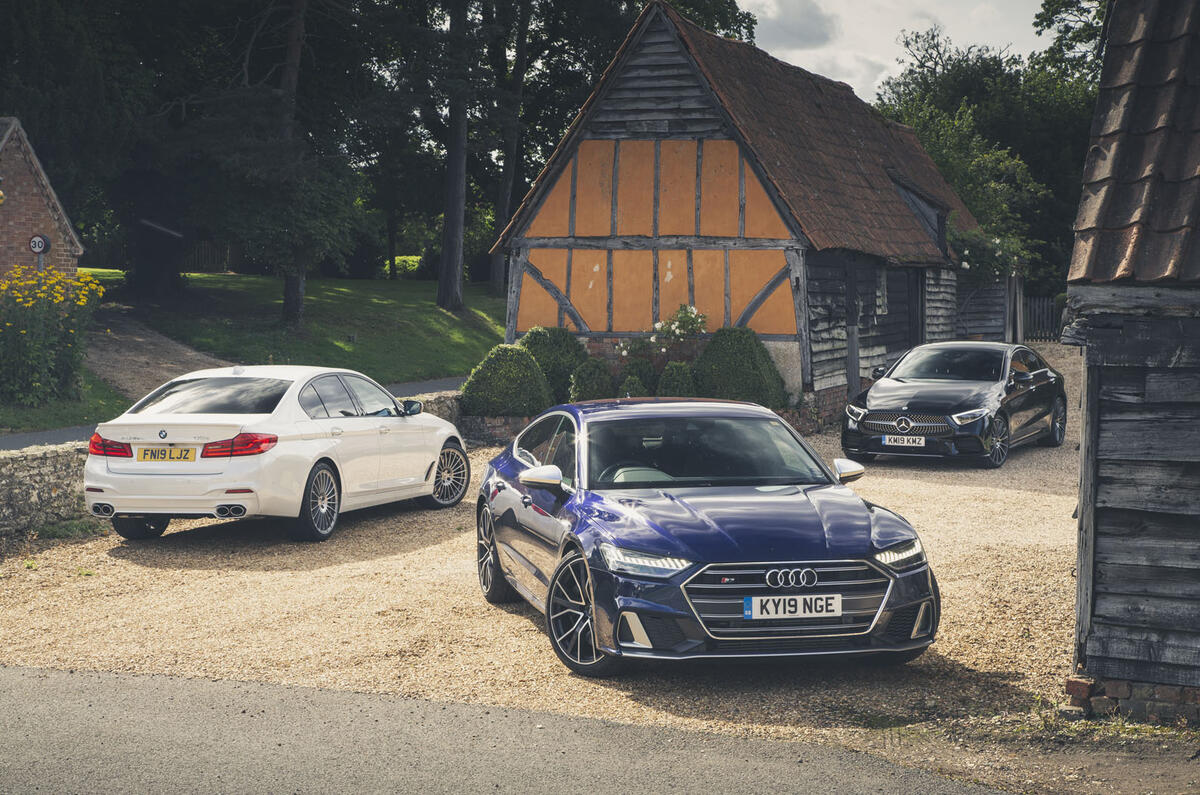
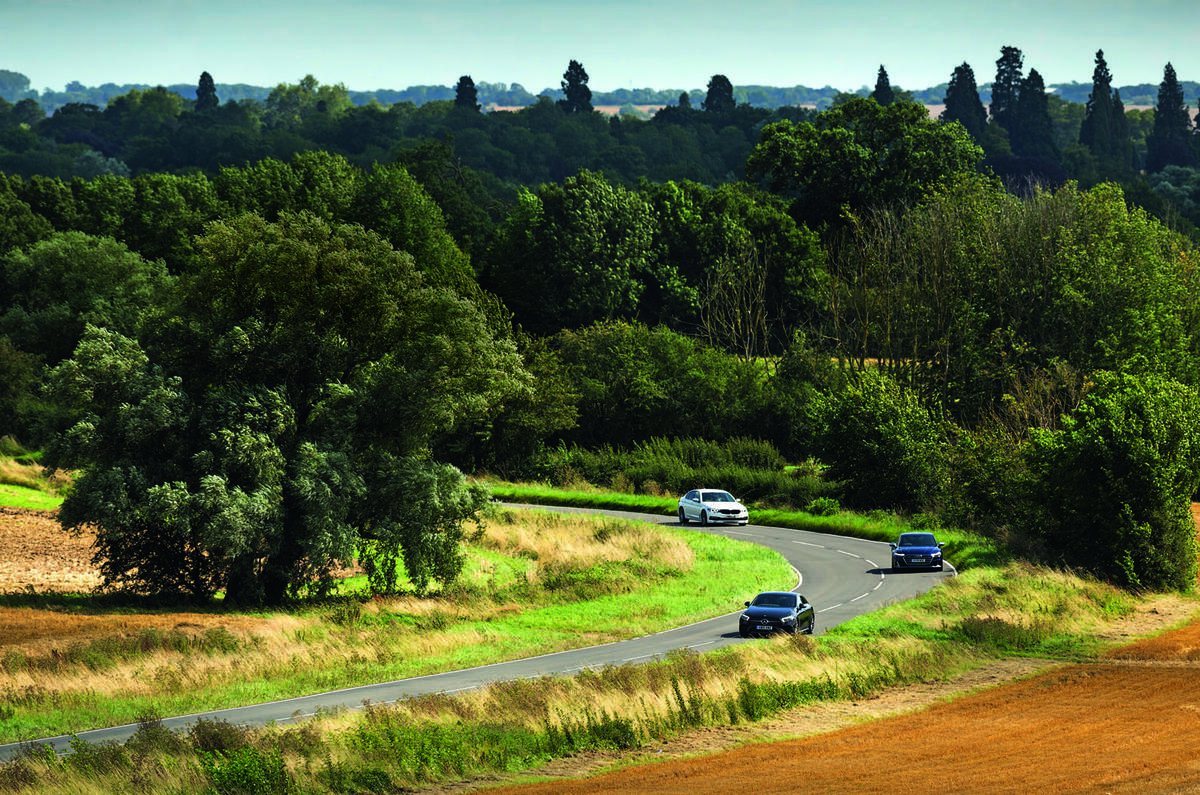
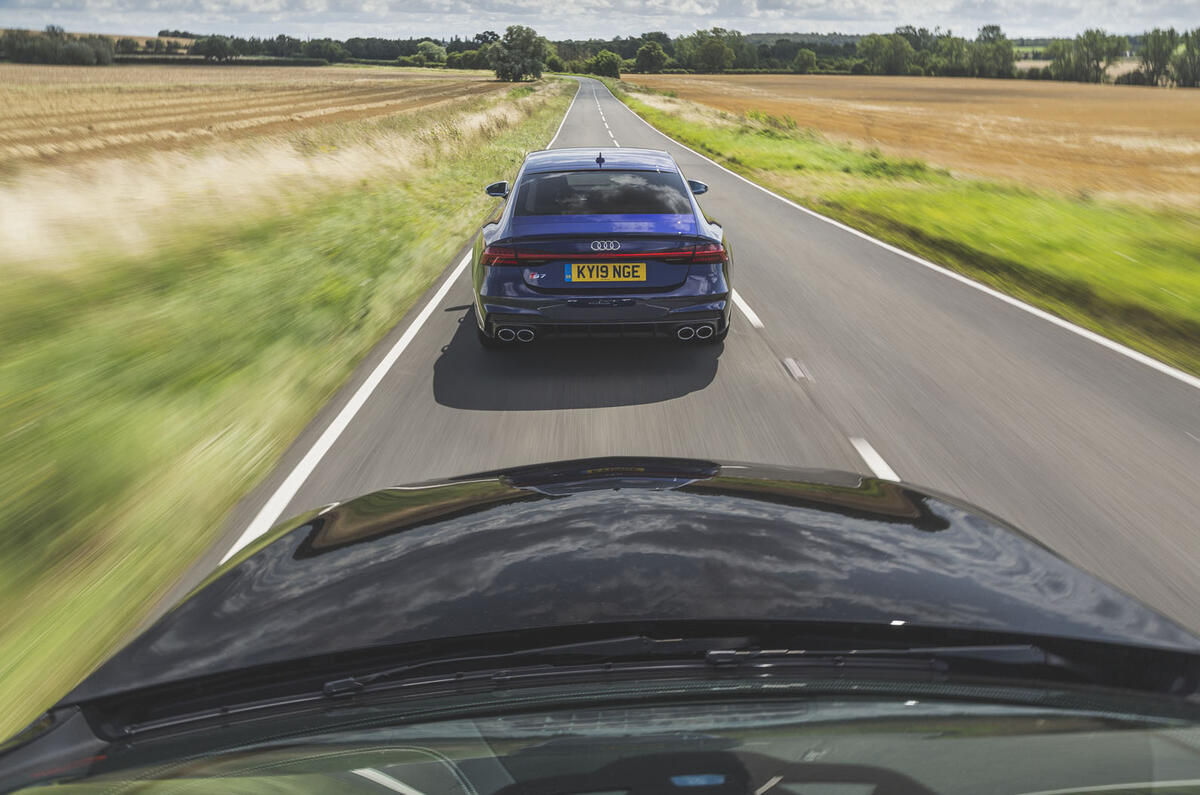
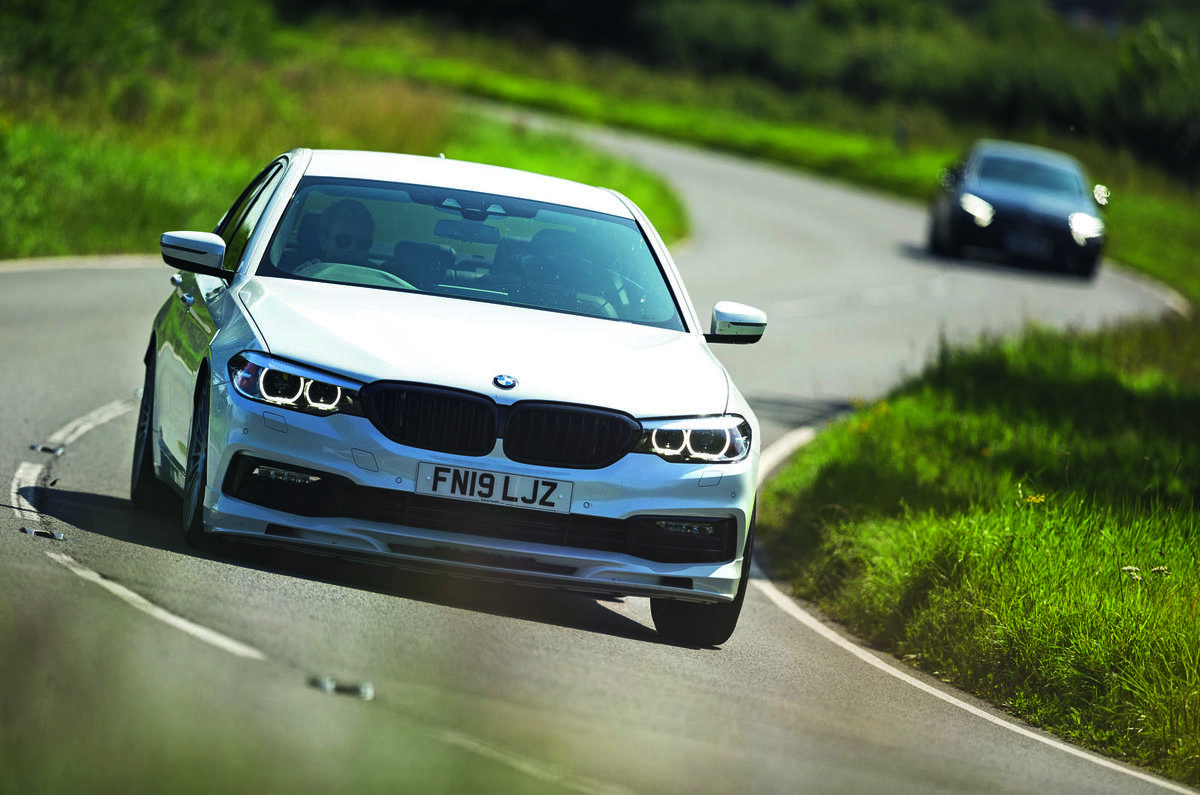
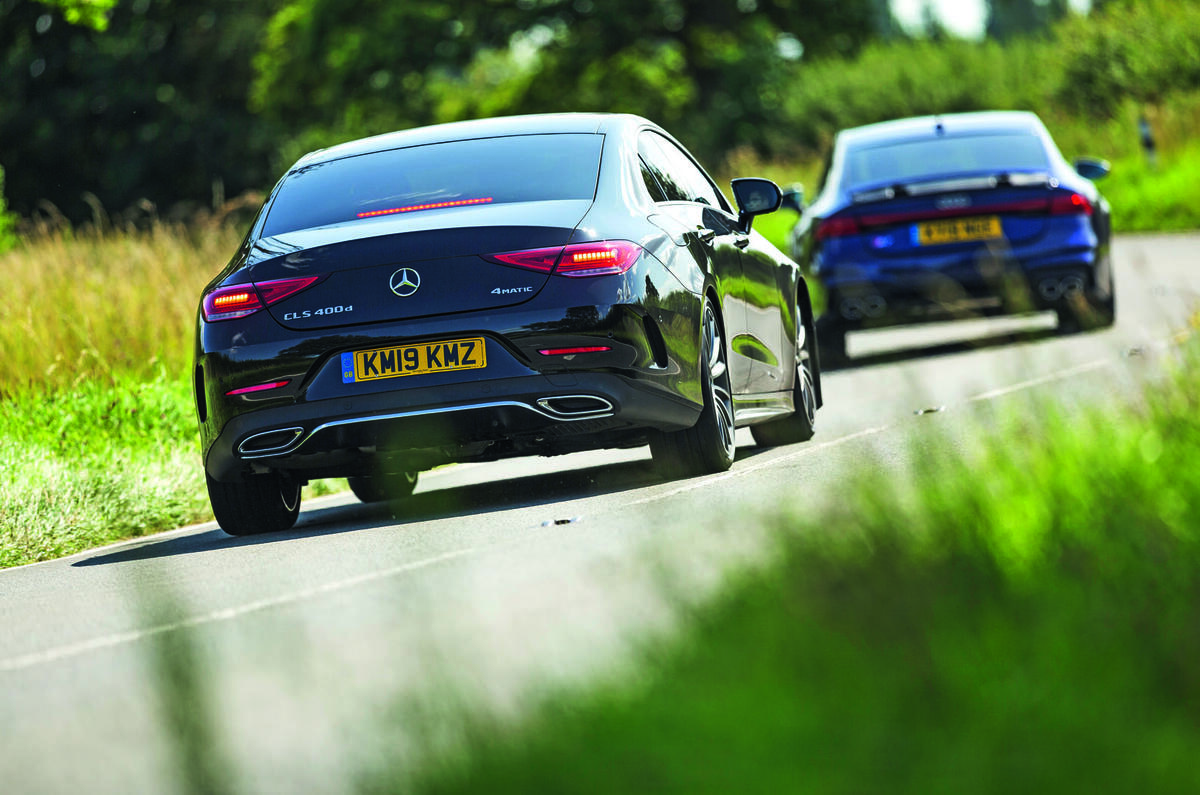
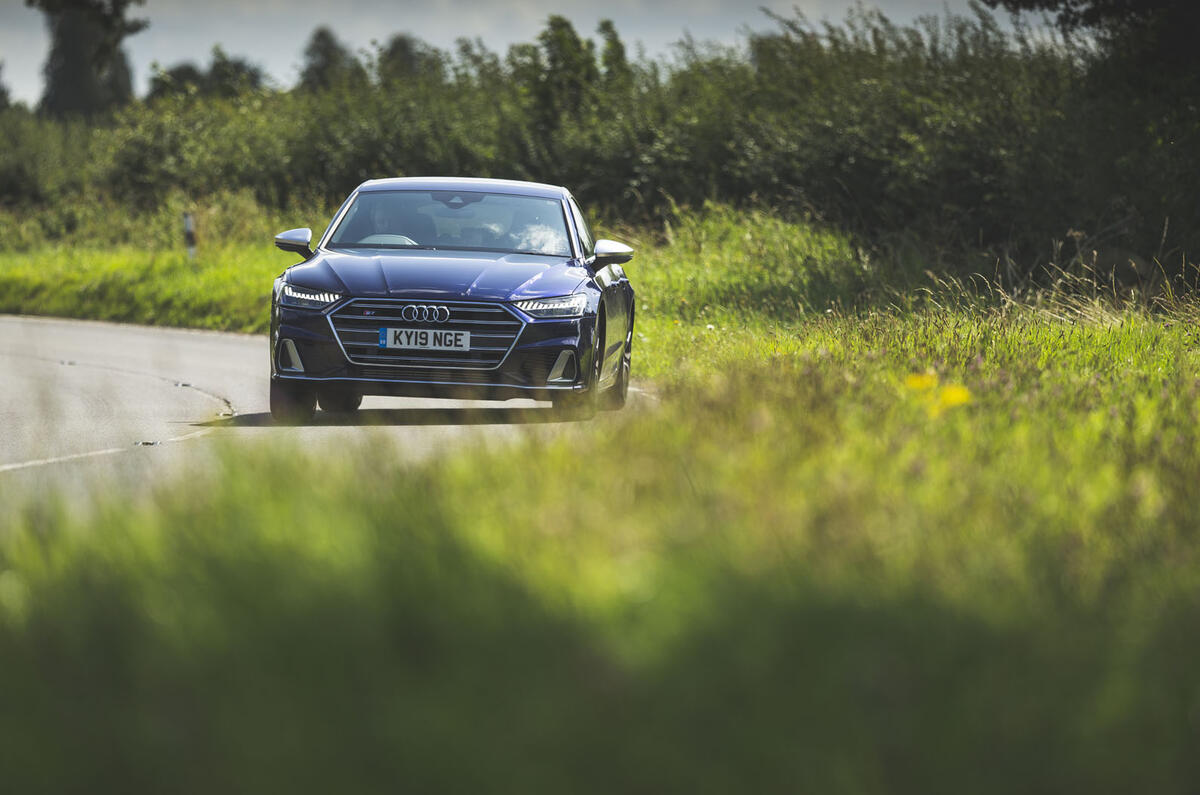
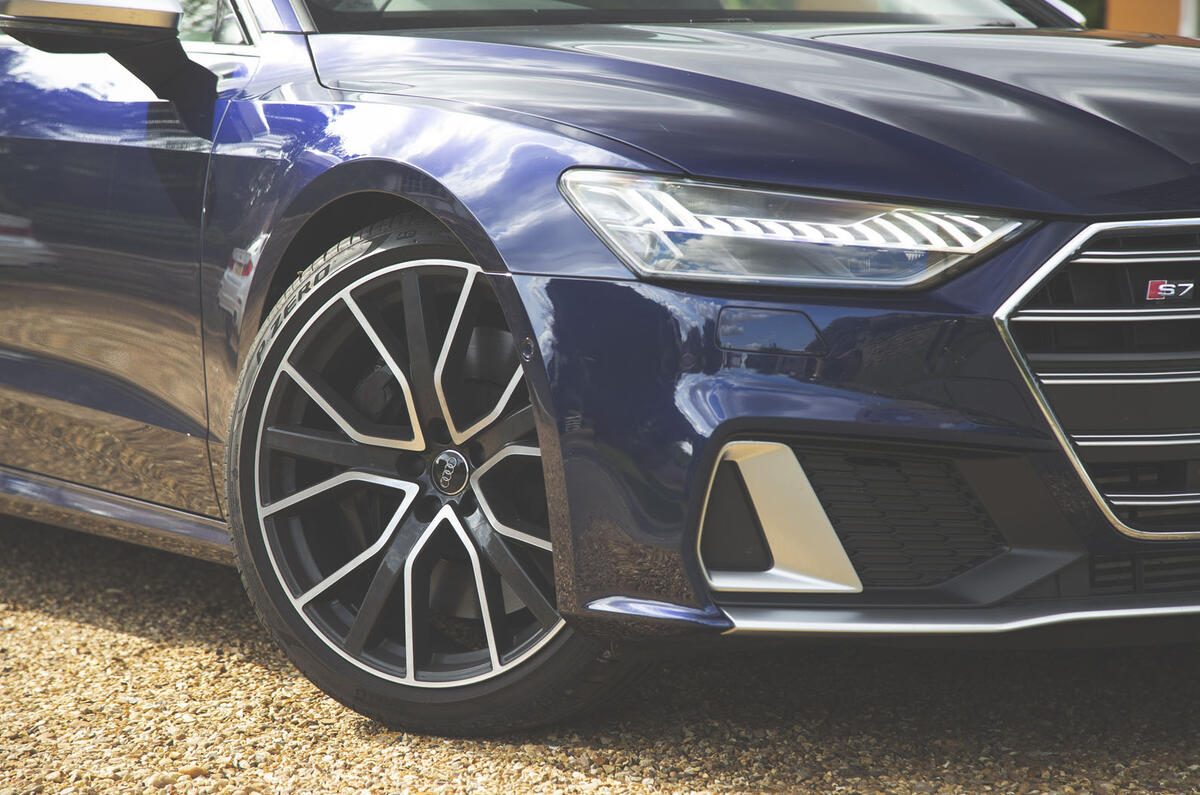
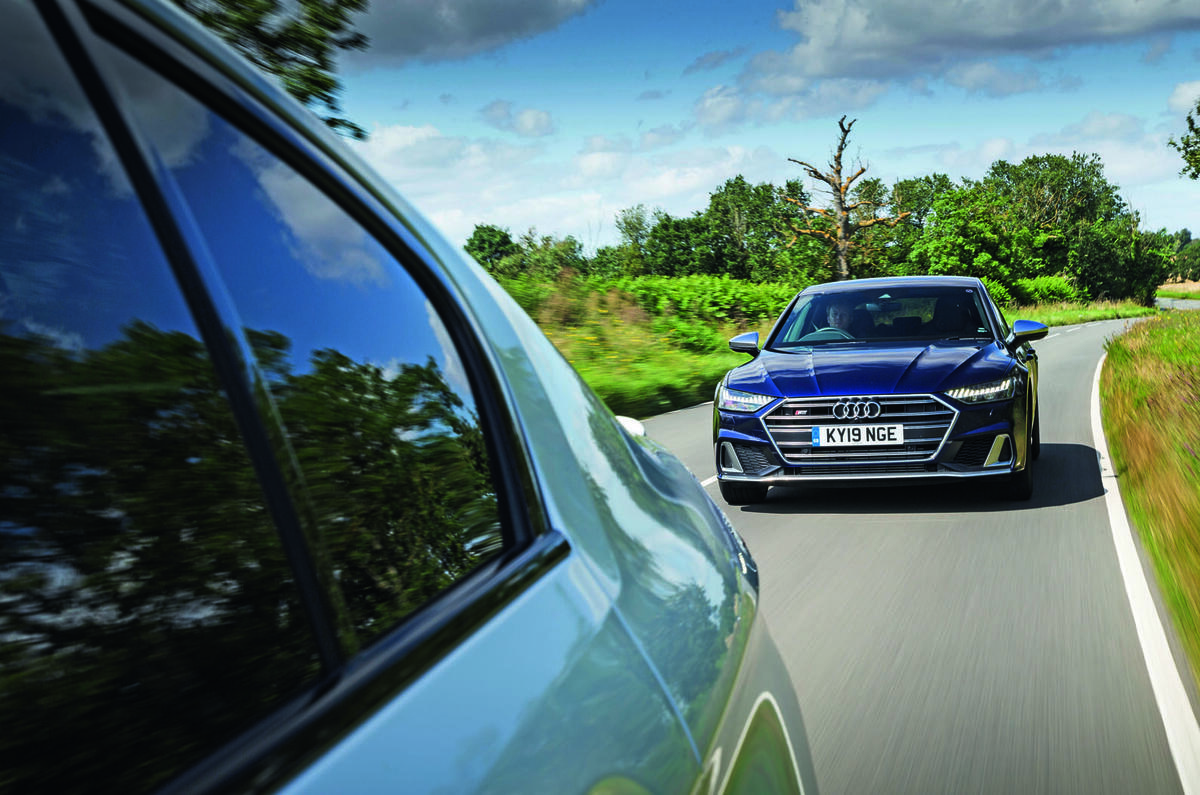
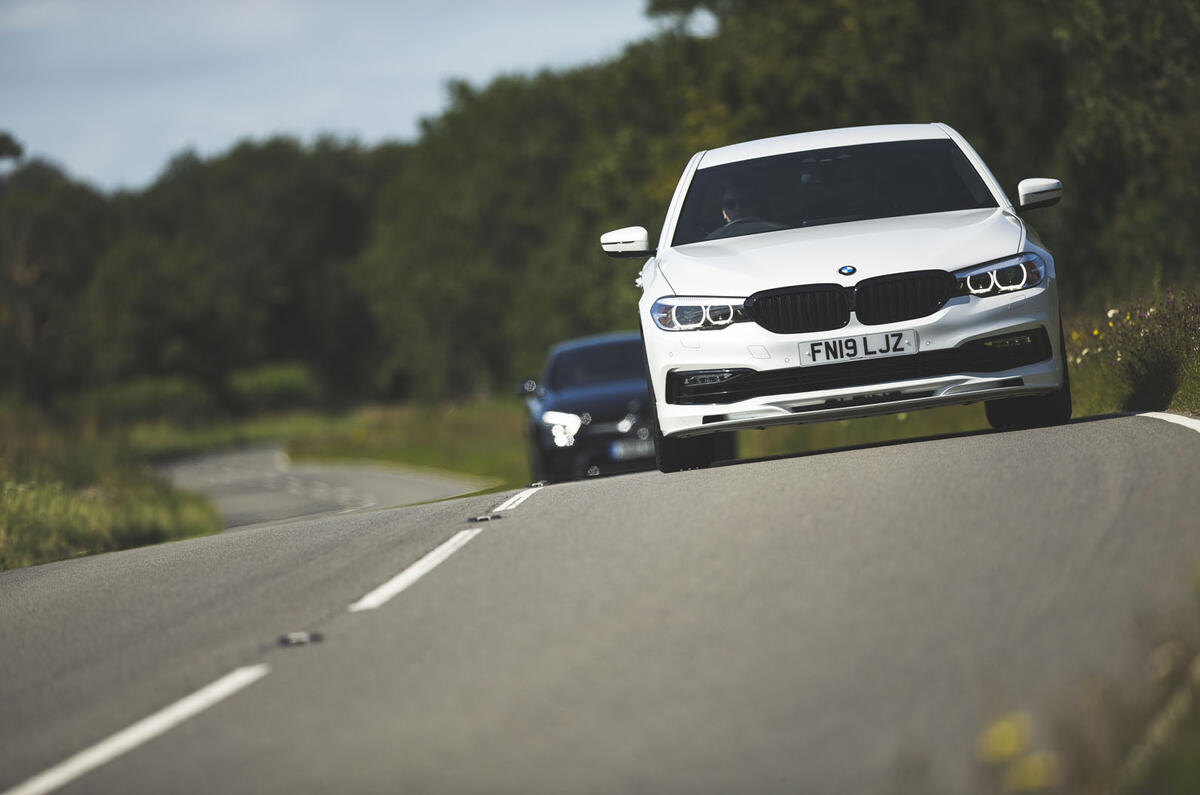
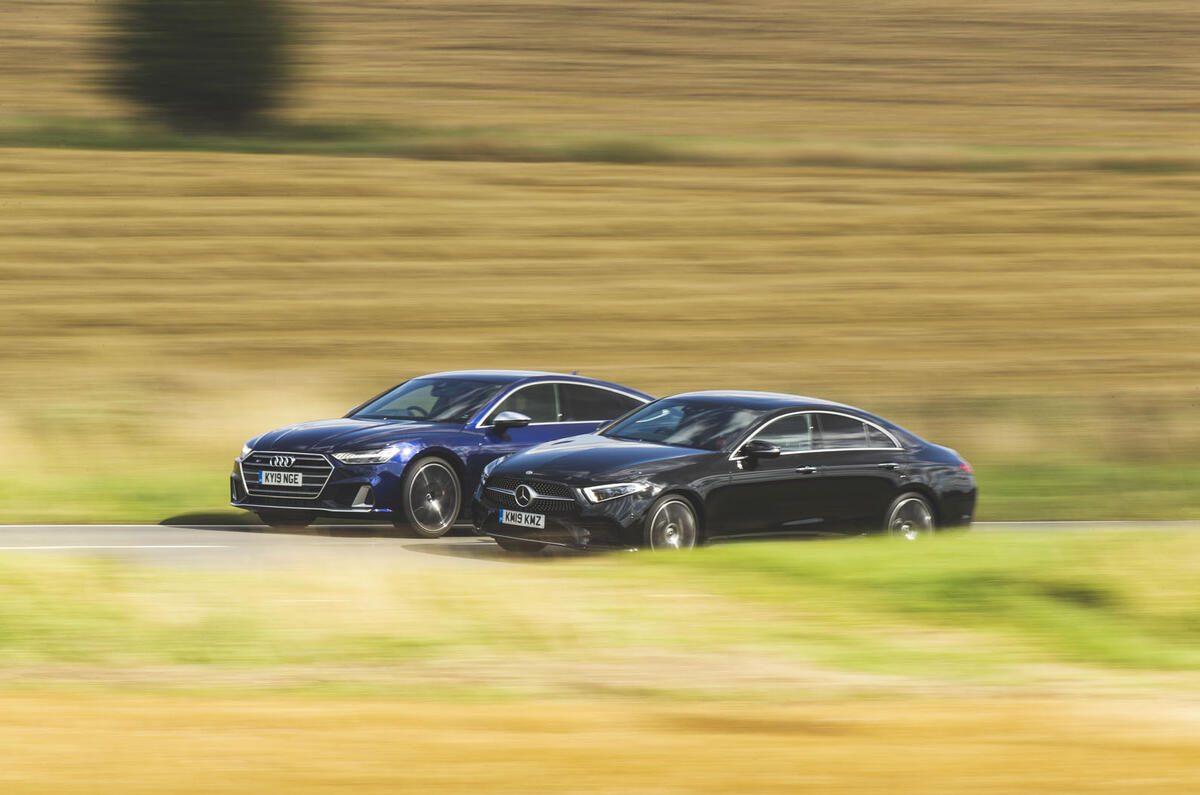
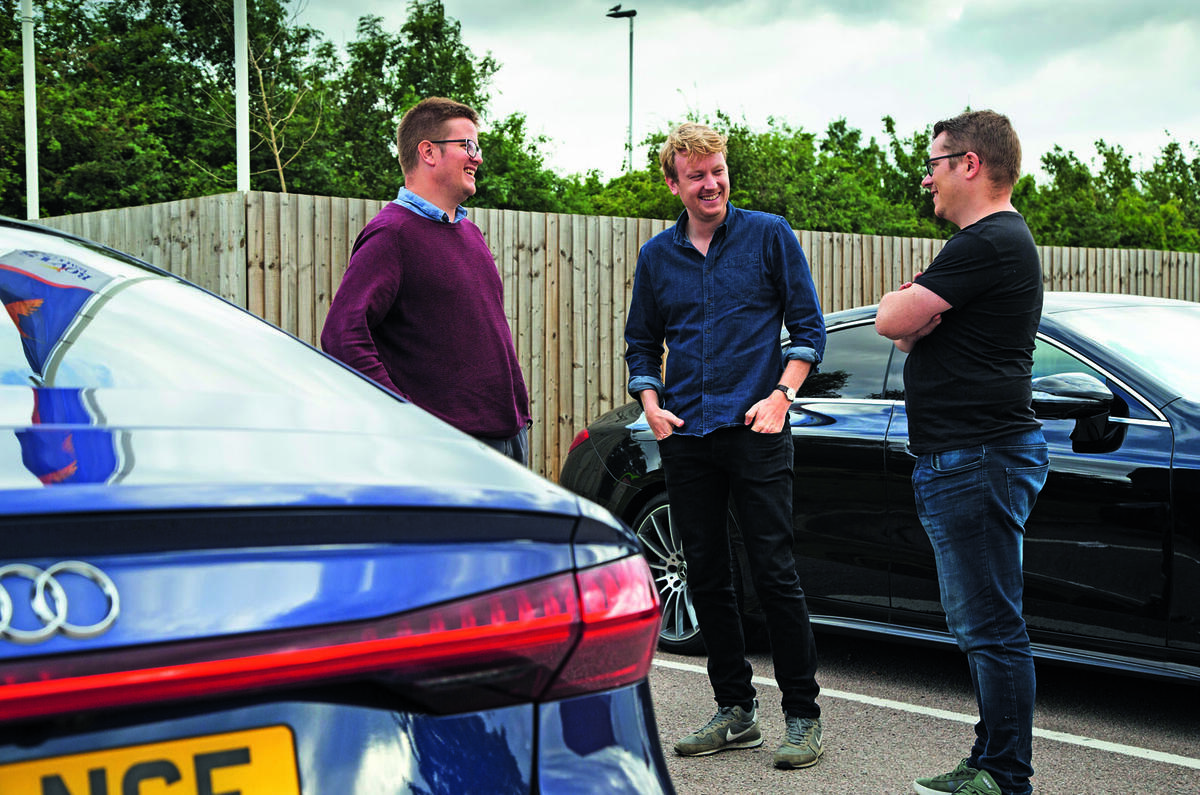

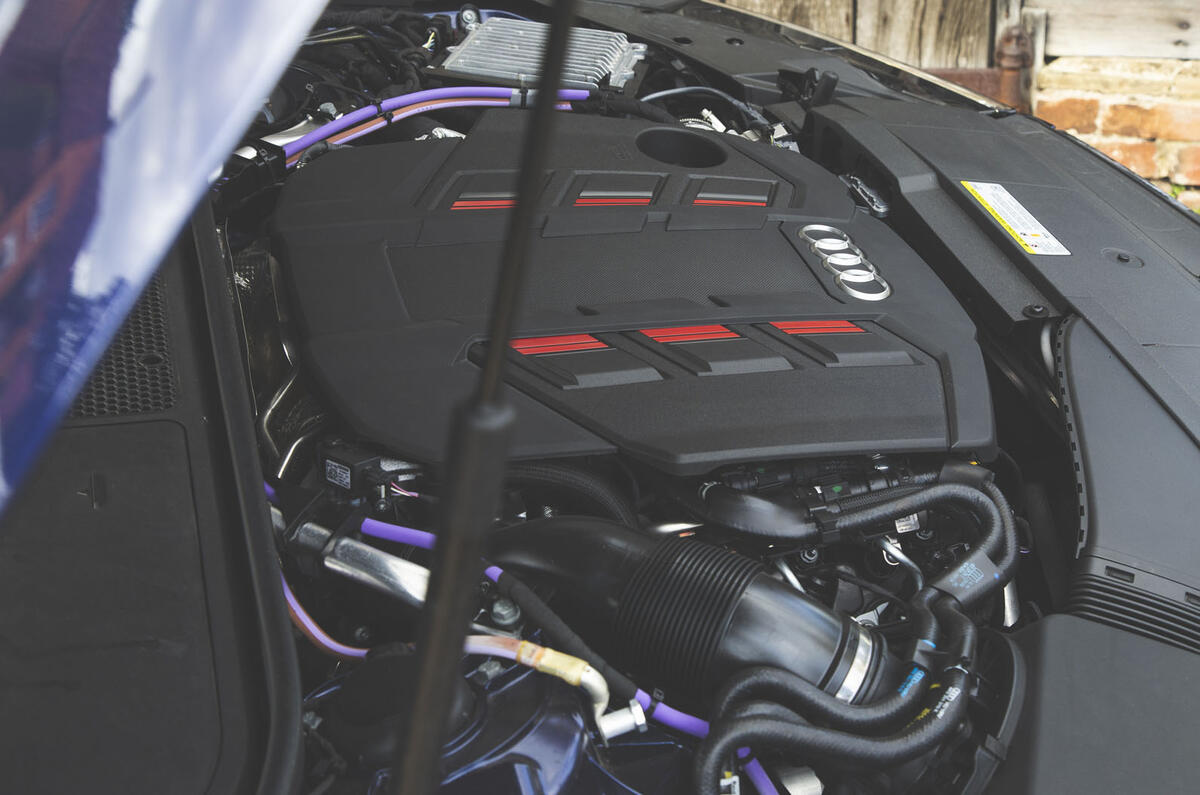
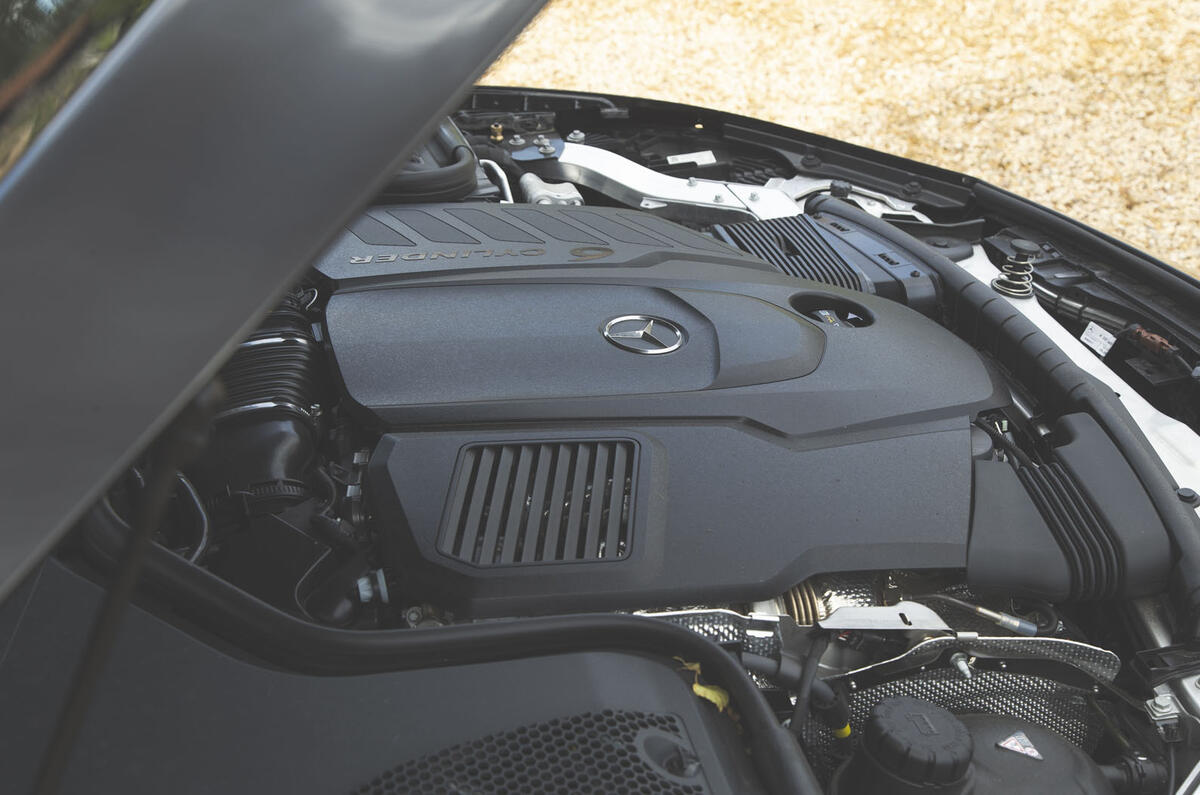
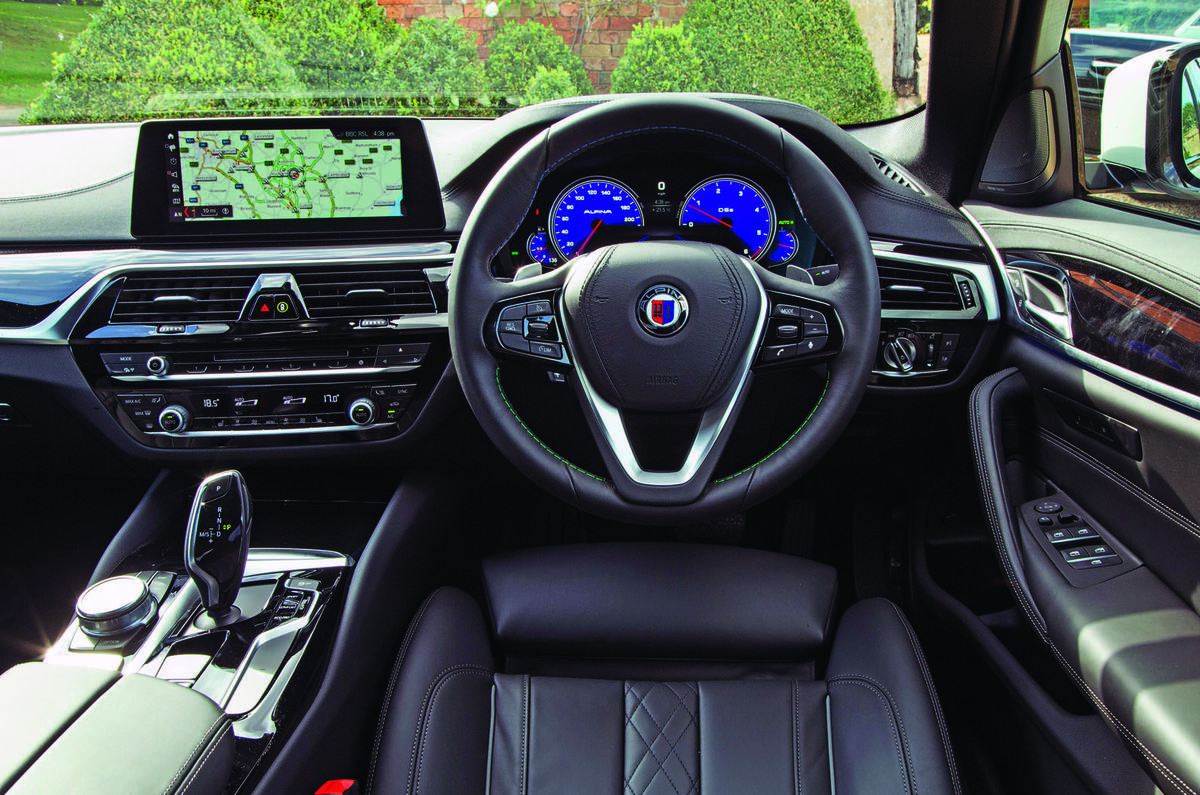
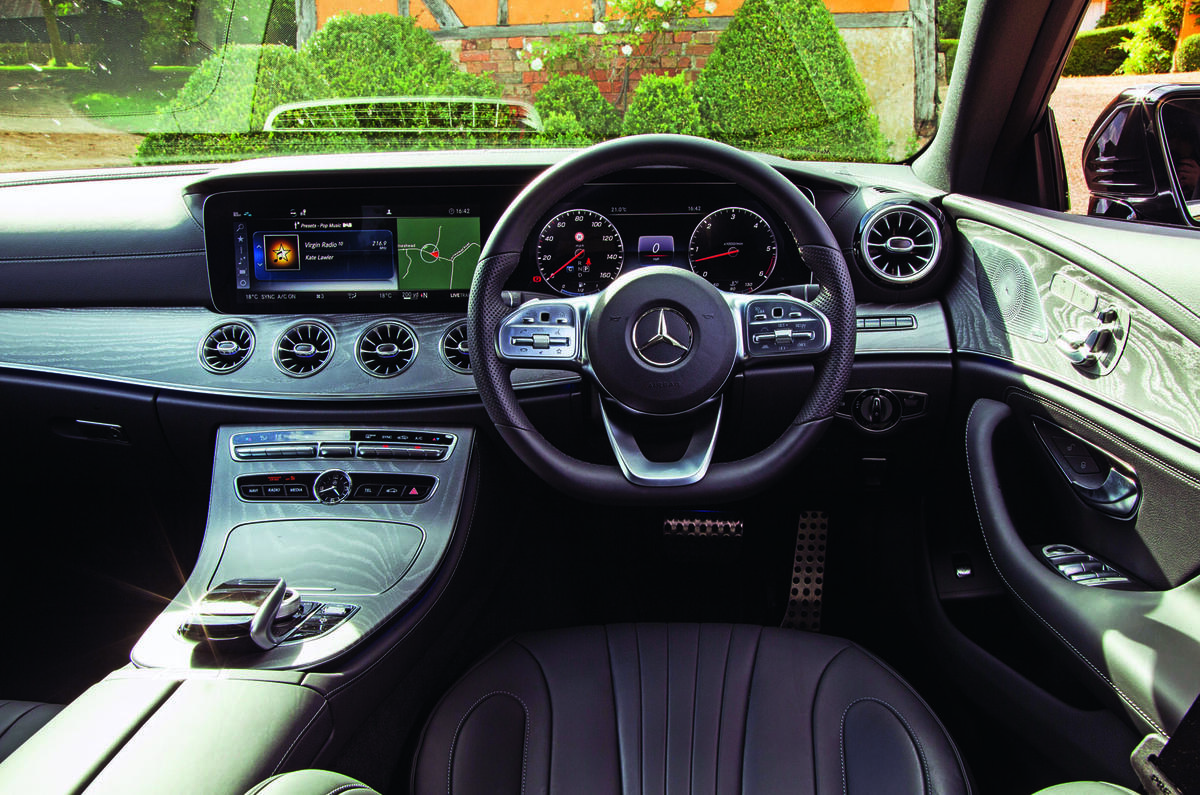
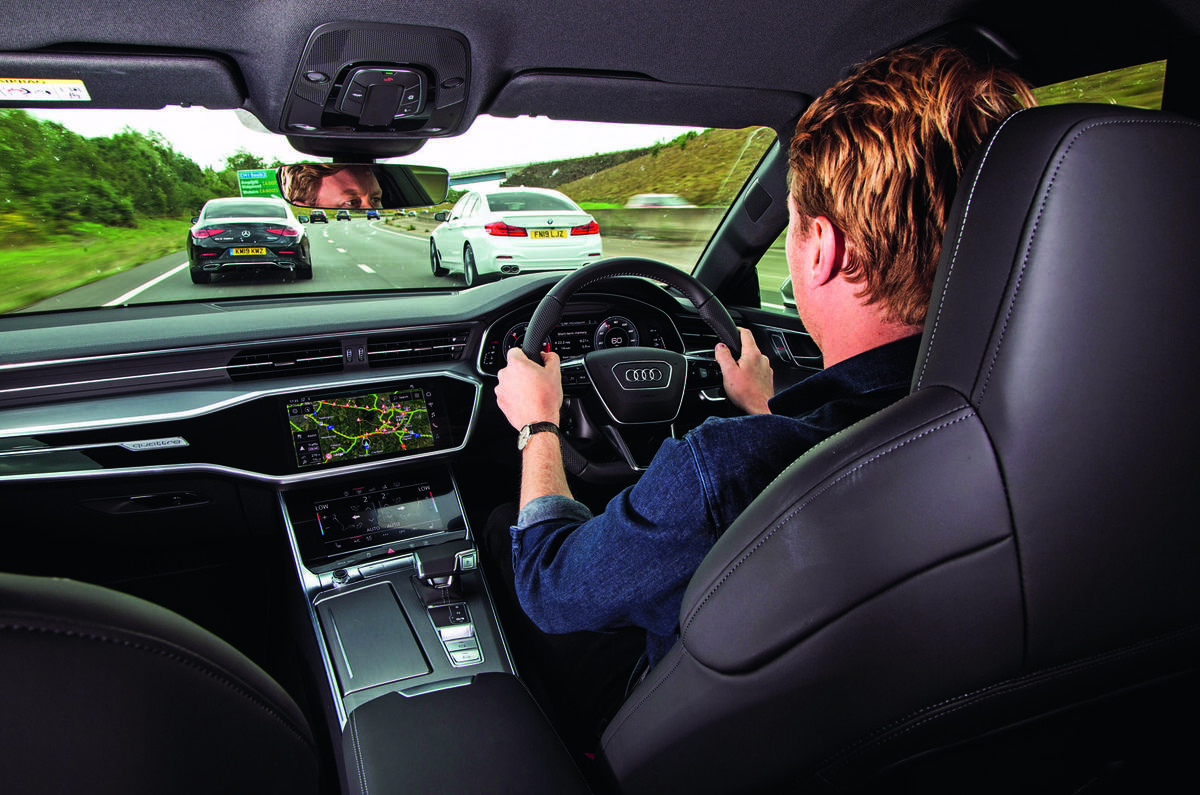
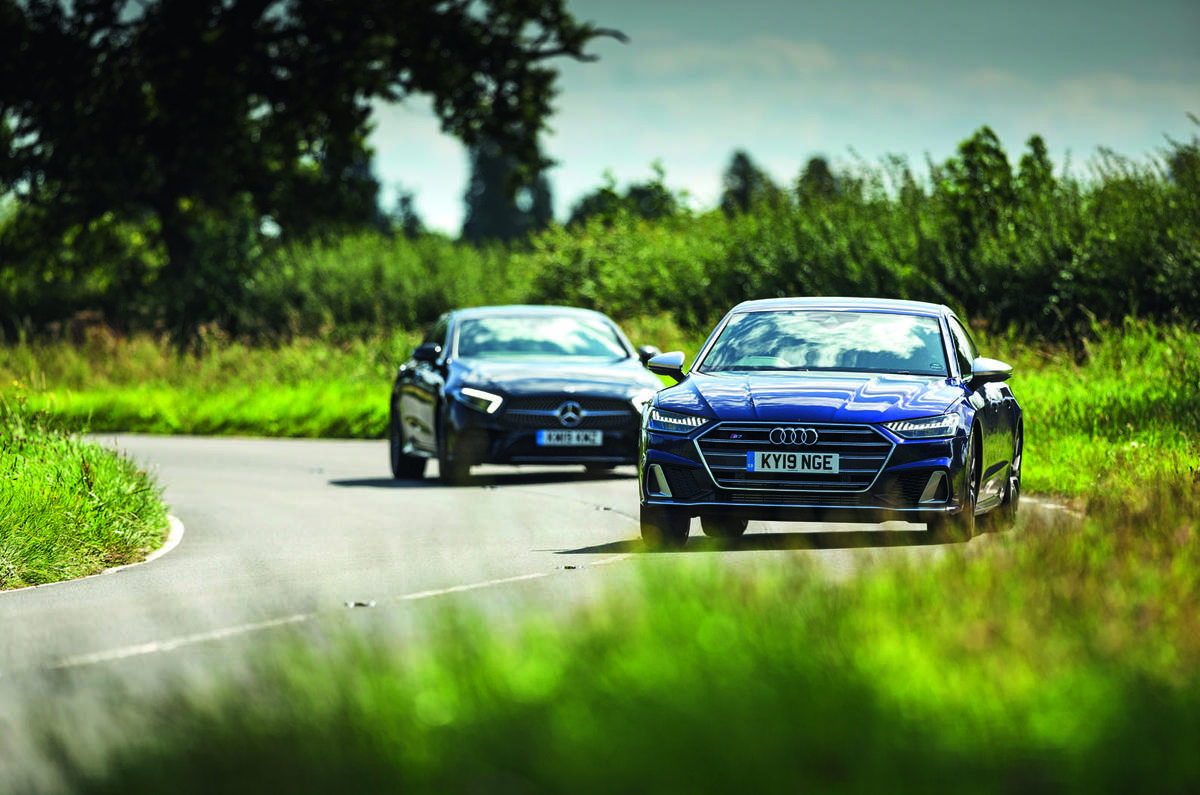
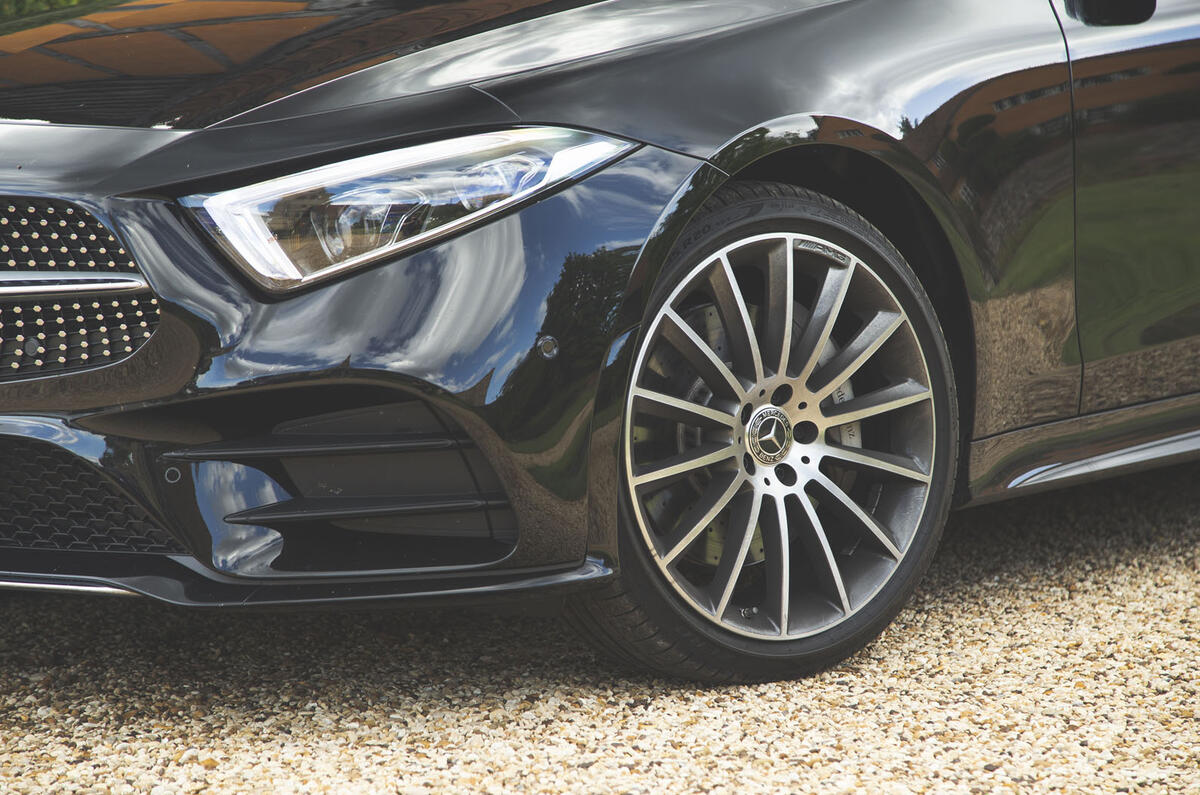
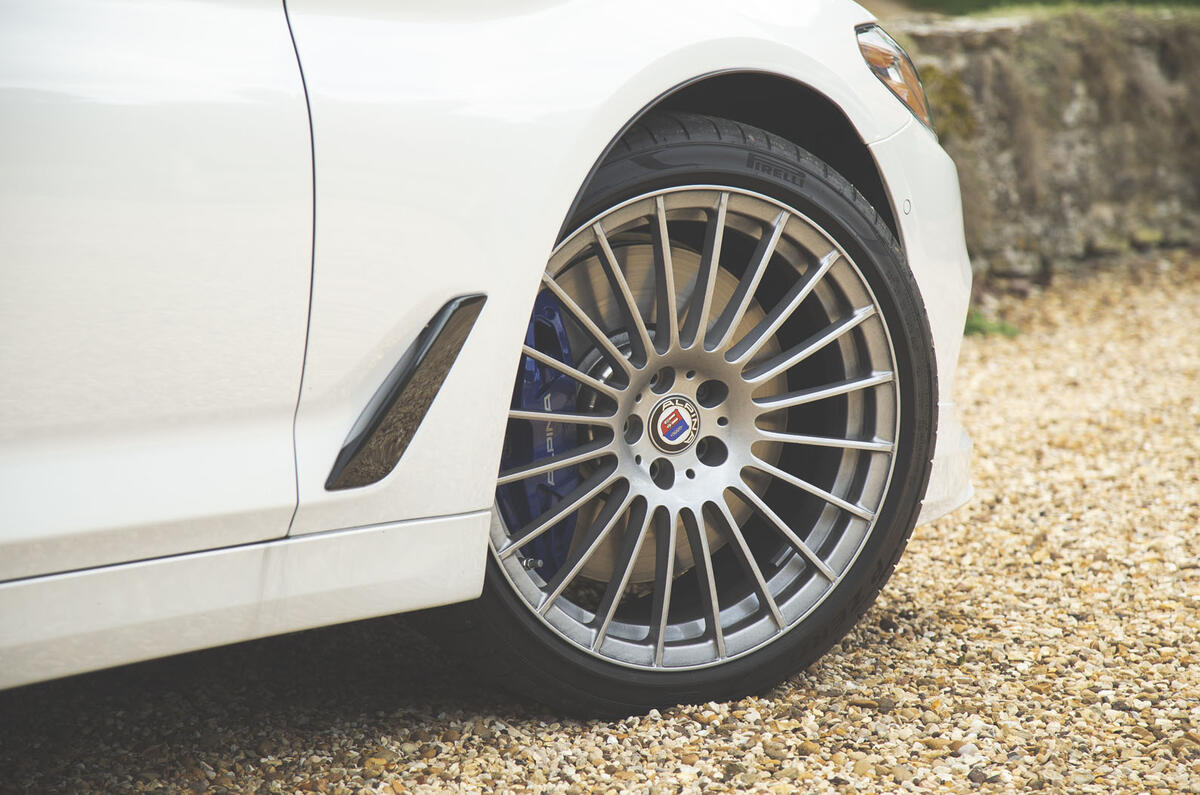
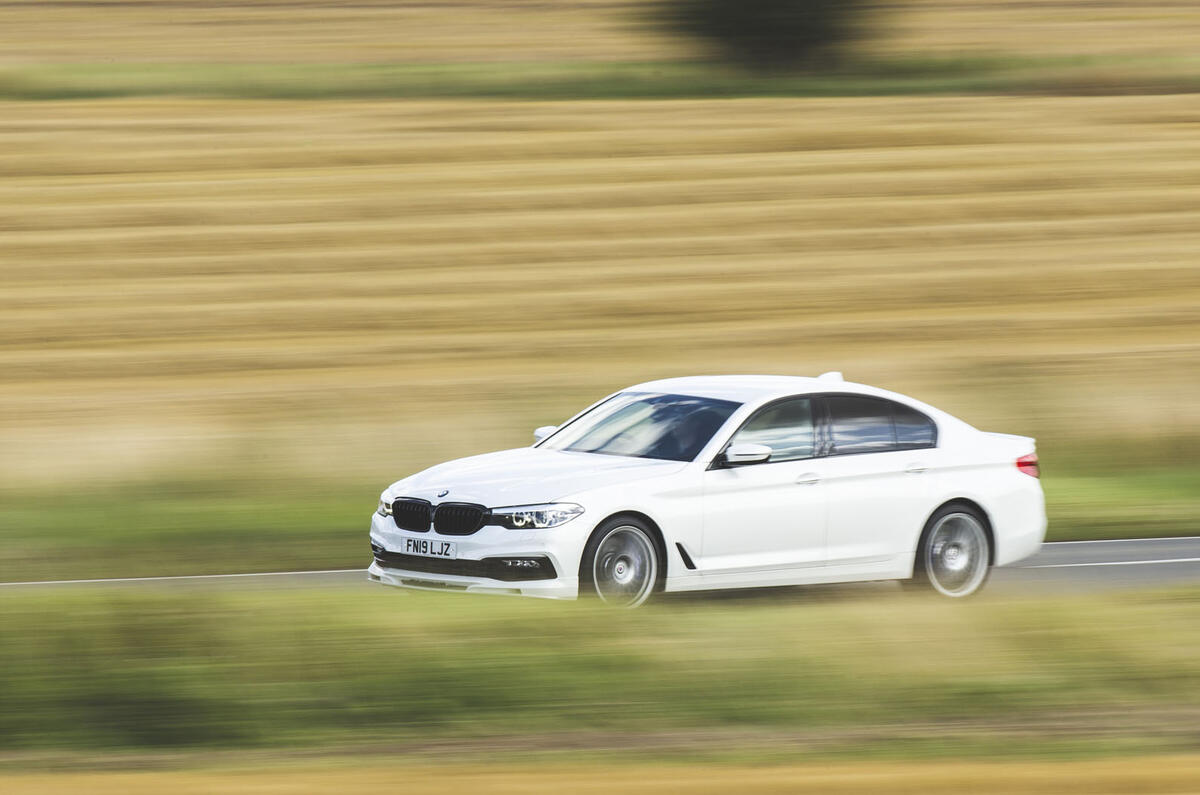
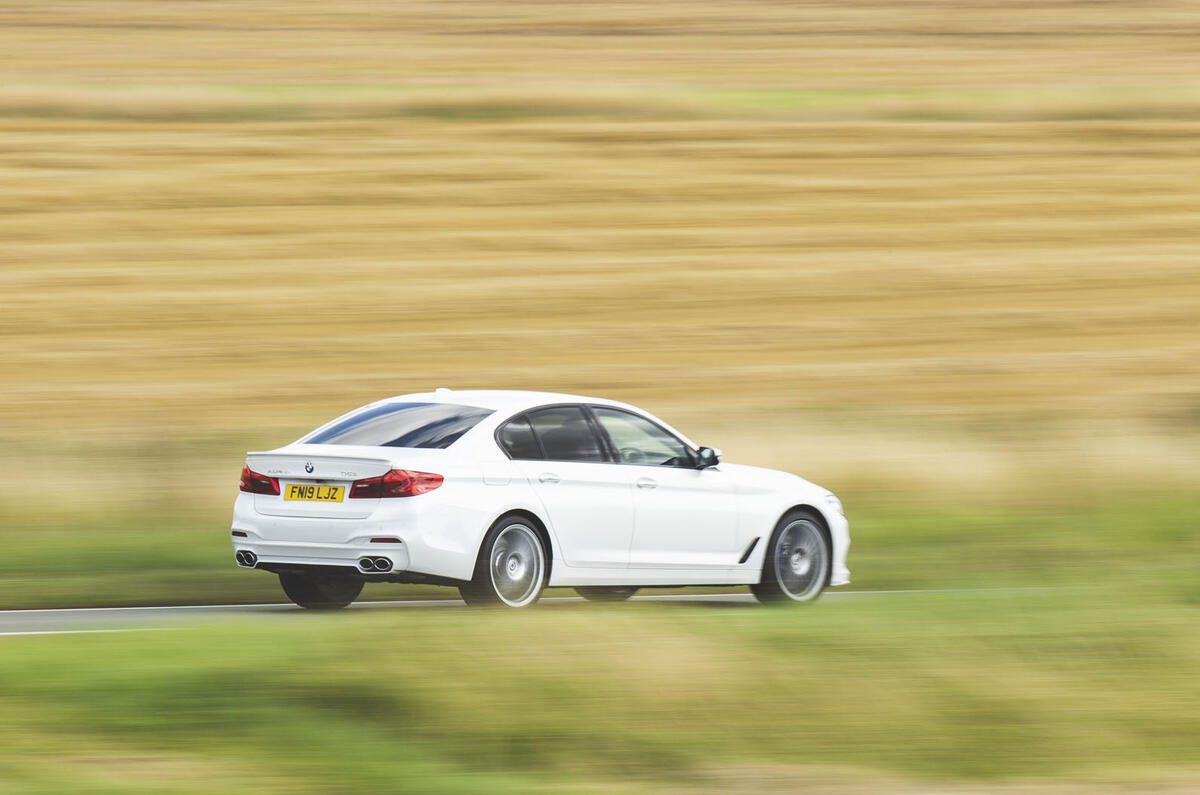
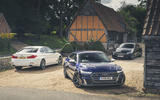
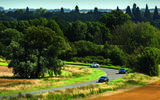
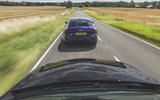
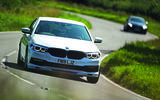
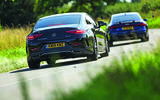
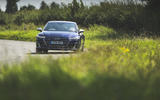
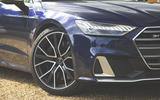
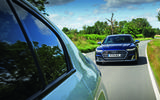
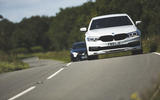
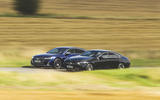
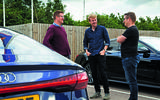
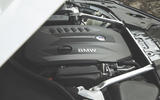
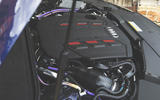
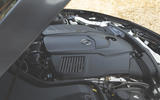
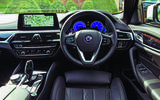
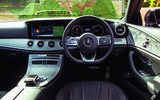
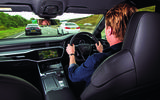
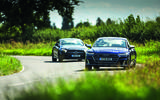
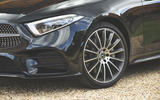
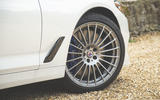
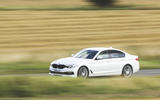
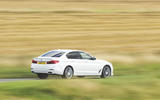



















Join the debate
Add your comment
No argument.
Over the past year or so there has been plenty, if you go by the stats, the Alpina seems the better choice, as for looks, it's our choice.
Now, if there was...
...a V8 diseasel of any of these cars - turbocharged, naturally - I might've been tempted.
Dear Takeitslowly